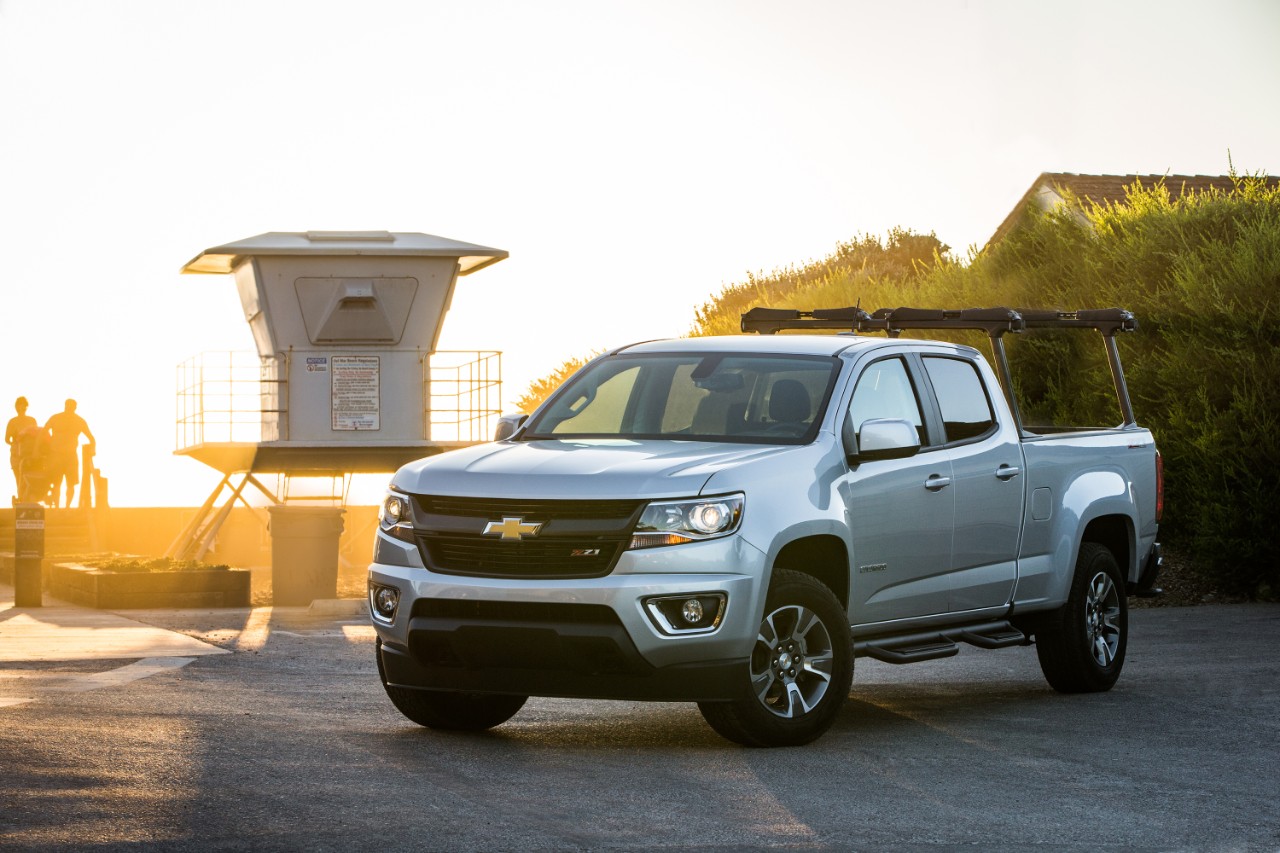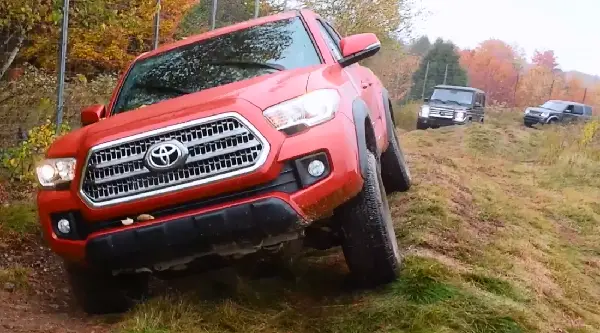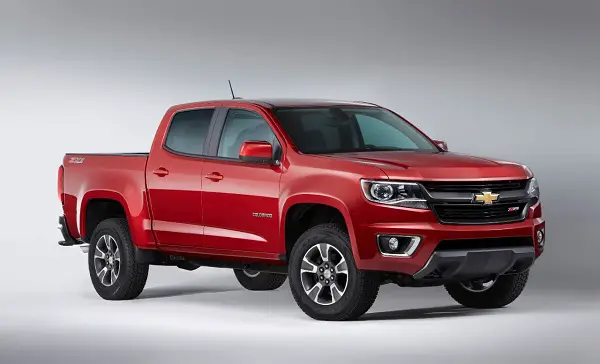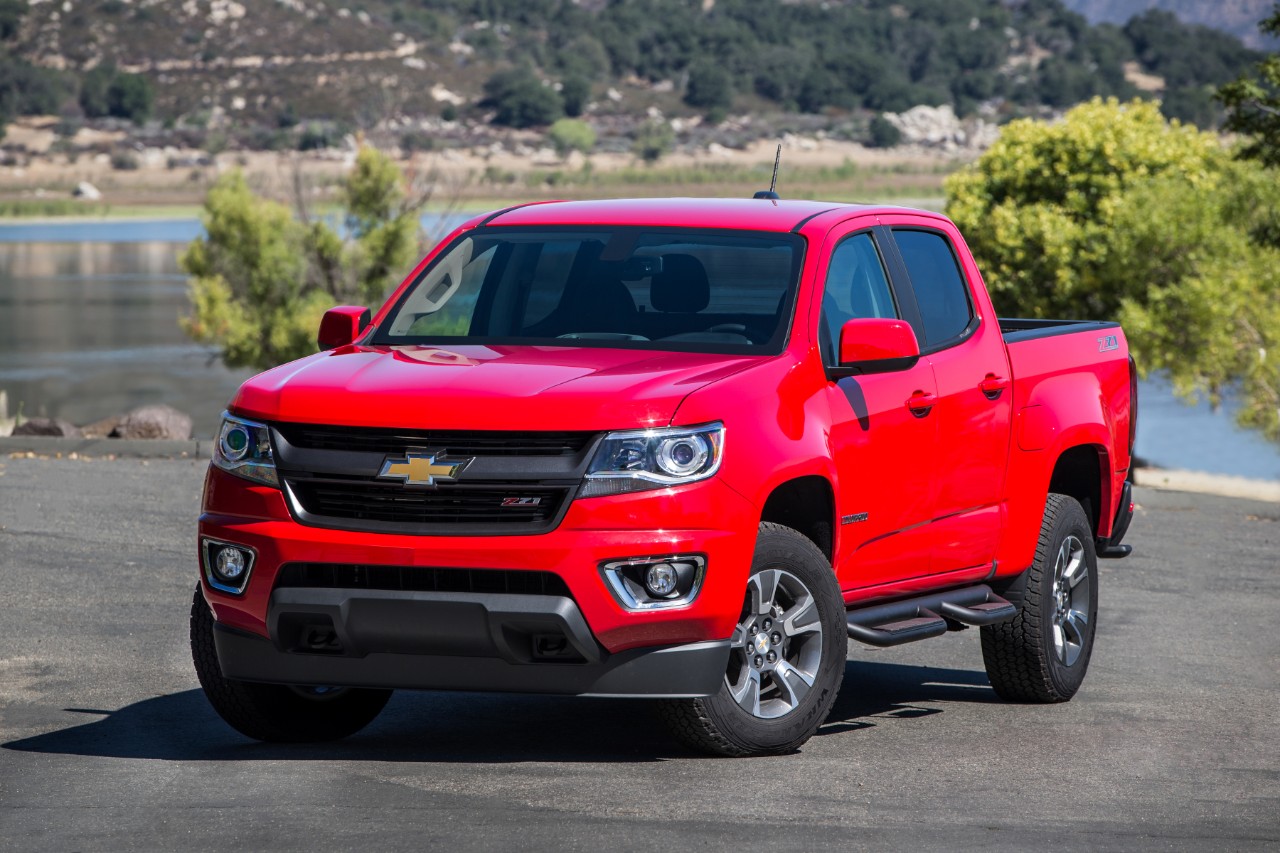Search the Community
Showing results for tags 'tacoma'.
-
The remaining trucks rank as follows: - Sierra K 1500 24.4% - F-150 23.1% - Tundra 23% - Ram 1500 20.6% - Sierra C1500 19.4% Oddly, the insurance.com list omits the Chevy Silverado. The front-drive Lexus ES 300 is the number one most ticketed vehicle this year at 33% (makes no sense), having displaced last year's top most ticketed vehicle, the Subie WRX (makes perfect sense). STI image courtesy of Matt Blouin.
-
The Colorado Z71 Duramax was the Chevy product in the evaluation. The Colorado was close to the Tacoma in every evaluation criteria. However, it tied the Toyota in the "Empirical" evaluation (meaning spec sheet). Colorado beat the Tacoma in the "Mechanical" section and also the "Interior" section. The two were tied in the "Exterior" voting. The Toyota won the "Ride and Drive" and "4-Wheel Attributes" sections. Because it won't ruin the story for you and since it is at the very start of the story, we will leave yo with this longish quote form the Petersen's report: "The minutia that helped the Toyota Tacoma TRD Off-Road eke out a win over a potent and effective Chevy Colorado Z71 with a 2.8L Duramax Diesel are hard to determine, but what certainly didn’t hurt were the Tacoma’s cost (relative to competitors), potent and effective manual rear locker, finely tuned suspension, and complex yet very effective electronic Crawl Control. This truck excelled in almost every aspect of our test, proving capable in all of our off-road testing environments, always clawing forward, and only stopping after the bar set by other contenders." You can view the Petersen's story right here. Note: Images are not from the testing.
-
The Colorado comes out on top in every comparison category but two, interior fit and finish and as-tested price. The trucks both returned 19 MPG. The Tacoma was compared to a Camry with a rear deck, and its driving position bugged the drivers. The CD guys also liked the drivetrain of the Chevy better. The upshot was that CD said "The Colorado is also a better-driving and more comfortable truck..." Check out the print edition for yourself to see the details or wait for it to come on-line. Car and Driver, November 2015 pages 54-59 (Not on the web yet)
-
Let's look back, and then at where this market is now. Last year the Tacoma and Nissan Frontier were the mid-size market. Honda had dropped out temporarily and put its Ridgeline on ice while it redesigned its car-like truck. Toyota was selling roughly 10,000 to 11,000 Tacomas per month and had been for a long time. Toyota Tacomas share their production with the Tundra, and Toyota was at two full shifts and happy as a clam. The Frontier's sales were more volatile. Monthly, the Frontier typically sold about 6,000 units if we had to pick one number. Thus, the size of the market was about 16,000 trucks every month. Then GM wisely saw an opening in the market to come back with a new, better, and slightly larger Chevy Colorado and GMC Canyon. That truck has now been in the market for over seven months and according to a recent press announcement, "Demand for the all-new Colorado midsize pickup is rising faster than GM’s ability to increase production, even with the addition of a third production shift in March." Since there is not much room for added capacity after a third and final shift, some plants now have workers skipping lunch to make a few trucks and earn some welcome overtime pay. After that, there is not much more room until and unless GM adds a production line, which will take time. Last October Toyota released a quiet note amid the fanfare surrounding the new Colorado saying it thought it could sell more Tacomas and would, therefore, ramp up its truck production lines to three shifts from two. It said that the capacity would be on-line in Q2 2015. This past month of May, that production came on line, and Toyota sold 17,520 Tacomas. That is a 60% increase in sales and truck production in a single month (since 6,500 is 60% of 11,000). The Frontier was down a bit, but in total the mid-size truck market is now running at a monthly rate of about 35,000 vehicles per month. GM's said yesterday about the Colorado, "With 8,881 sales in May, the Colorado controls about one-quarter of the retail market for midsize pickups..." So multiplying by four we see that our estimate of the market's size is about right. With both Toyota and GM now selling all the mid-size trucks they can in a market that increased in size more than 100% in just 7 months, the real question is how did Ford and Ram not see this coming?





